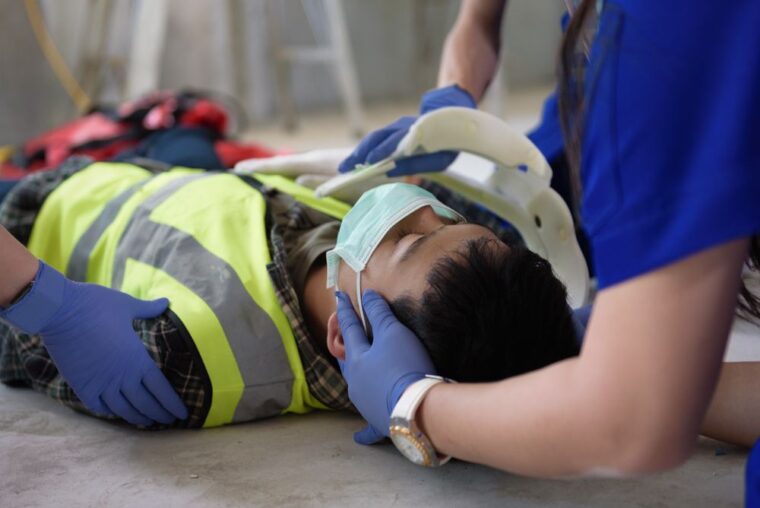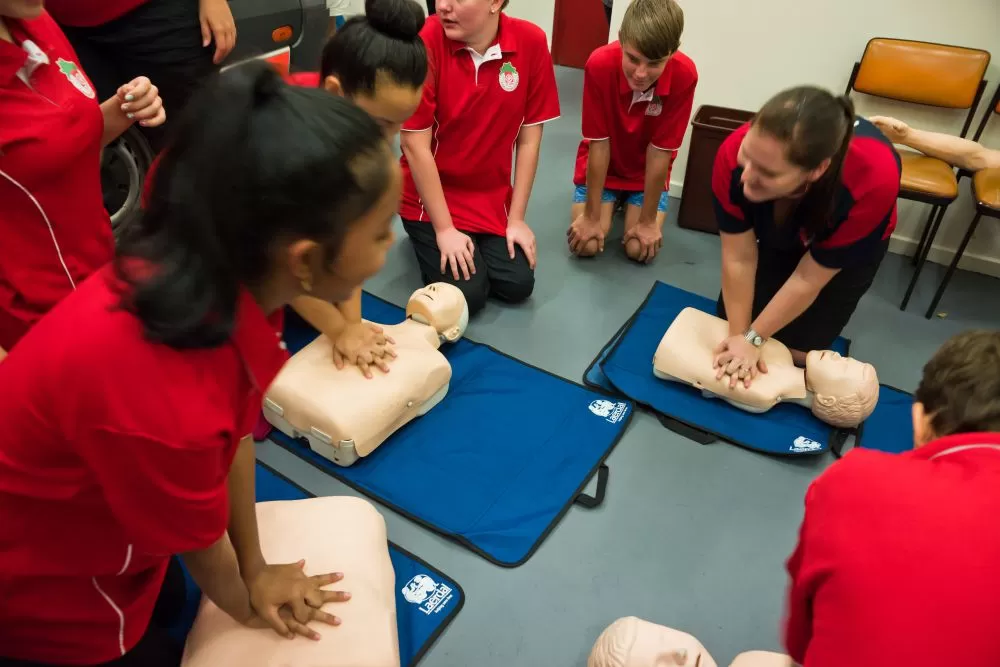Emergencies can strike unexpectedly, whether at home, the workplace, or in public spaces. In such critical situations, knowing how to administer first aid can make all the difference between life and death. First aid training equips individuals with the knowledge and skills necessary to respond effectively and promptly to injuries and illnesses. This article delves into the importance of first aid training, highlighting how it can empower ordinary people to become life-saving heroes in emergency situations.
Swift Response in Crucial Moments

One of the primary benefits of first aid training is the ability to react swiftly and confidently during critical moments. When an emergency occurs, such as a cardiac arrest, choking, or severe injury, immediate action can be the key to saving lives. Trained individuals can efficiently assess the situation, stabilize the victim, and initiate appropriate first-aid measures before professional medical help arrives. This rapid response can significantly increase the chances of survival and minimize the risk of complications. If you want to be able to react quickly in an emergency and save someone, learn from https://cprcertificationnow.com/.
Preventing Further Harm
First aid training not only enables individuals to provide immediate care but also teaches them how to prevent further harm or deterioration of the victim’s condition. For instance, correctly immobilizing a fractured limb or applying pressure to control bleeding can prevent potential complications and reduce the overall recovery time. The knowledge gained through training empowers individuals to make informed decisions that safeguard the well-being of the injured until professional medical assistance becomes available.
Confidence in Crisis

Emergencies can be chaotic and unnerving, often causing panic among bystanders. However, those who have undergone first aid training are better equipped to stay calm and composed in such situations. The confidence gained from knowing what to do can have a calming effect on both the first aider and the victim. A composed response can lead to more effective treatment and overall better outcomes during the crucial minutes before advanced medical help arrives.
Tailored Training for Specific Situations
First aid training is not a one-size-fits-all approach; it can be tailored to specific situations or environments. For example, workplace first aid training may focus on common workplace injuries, while wilderness first aid can address the challenges of providing medical assistance in remote areas. Tailored training ensures that individuals are equipped with the knowledge most relevant to their daily lives or potential risk scenarios, making their response even more effective.
Building a Safer Community

Communities with a higher number of individuals trained in first aid tend to be safer and more resilient. When more people are prepared to handle emergencies, the likelihood of immediate aid being available in times of crisis increases significantly. First aid training encourages a sense of responsibility among individuals, fostering a culture of proactive care and support for one another. This interconnectedness can make communities stronger and better prepared to deal with unexpected challenges.
Conclusion
First aid training is a crucial investment that can save lives and mitigate the impact of emergencies. Swift response, prevention of further harm, confidence in crisis, tailored training, and community building are all essential aspects of how first aid training makes a significant difference in emergency situations. By equipping individuals with the knowledge and skills needed to provide immediate care, first aid training transforms ordinary people into potential life-savers. It empowers them to take action, even in the face of adversity, and become invaluable assets to their families, workplaces, and communities. In a world where emergencies can happen at any moment, embracing first aid training is not only prudent but also a step towards creating a safer and more compassionate society.
